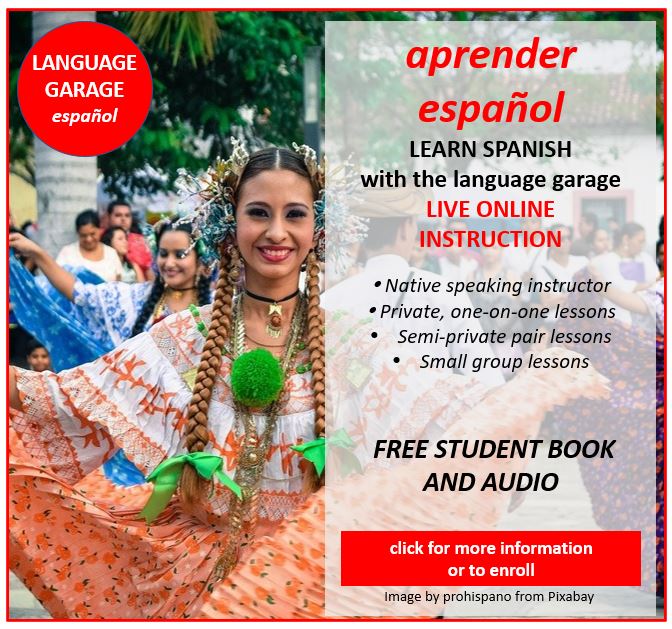Celebrating Epiphany in Latin America: History, Traditions, and Regional Differences
Epiphany, or El Día de los Reyes Magos (Three Kings’ Day), is a deeply significant holiday in Latin America, blending religious traditions with vibrant cultural customs. Latin Americans celebrate Epiphany on January 6th. This day commemorates the visit of the Reyes Magos (Magi, Wise Men) to baby Jesus, marking the revelation of Christ to the world. Across Spanish-speaking Latin America, this occasion is rich in history, family traditions, and regional variations.
Historical and Religious Significance of Epiphany in Latin America
The roots of Epiphany trace back to early Christianity, when the Magi followed the Star of Bethlehem to bring gifts of oro (gold), incienso (frankincense), and mirra (myrrh) to the infant Jesus. For Catholics in Latin America, this feast day underscores the reach of Christ’s message across borders and cultures.
In colonial times, Spanish missionaries introduced this holiday to Latin America. There it merged with Indigenous and African traditions, creating unique regional celebrations. Today, it remains an integral part of both the liturgical calendar and family life.
Common Traditions of Epiphany in Latin America
Epiphany is a day for gathering with loved ones, attending church, and sharing special meals. One of the most cherished traditions is the Rosca de Reyes, a sweet bread shaped like a crown and decorated with dried fruits. Hidden inside the bread is a small figurine representing baby Jesus called the muñeco or the niño. The person who finds the figurine is traditionally expected to host a gathering on Día de la Candelaria (Candlemas) on February 2nd.
Another universal custom is the exchange of gifts. Children often leave their shoes out the night before, filled with pasto or hierba (hay or grass) for the camellos (camels) of the Magi. In the morning, they find their shoes filled with presents, symbolizing the gifts brought by the Wise Men.
Regional Differences
While the core of Epiphany celebrations is consistent, regional variations add local flavor:
In Mexico, the Rosca de Reyes is a centerpiece of Epiphany celebrations. Families and communities gather to cut the bread and share stories. In addition, parades called cabalgatas feature actors dressed as the Magi, who distribute sweets and small toys to children.
In Puerto Rico, children collect grass for the Magi’s camels and place it under their beds the night before Epiphany. The holiday often involves music, with traditional songs known as aguinaldos performed by neighbors and friends.
In Argentina and Uruguay, the holiday is known as La Fiesta de Reyes. People exchange gifts and enjoy outdoor festivities. Families organize picnics, and children write letters to the Magi, much like letters to Santa Claus.
Culinary and Family Traditions of Epiphany in Latin America
Food plays a central role in the festivities. The Rosca de Reyes is accompanied by chocolate caliente (hot chocolate) or atole, a traditional Mexican beverage made from masa, a cornmeal dough. In some regions, families prepare large feasts with dishes unique to their local cuisine. Beyond food, the day is a time for storytelling, prayer, and reconnecting with family.
A Celebration of Unity and Faith
Epiphany in Latin America reflects the region’s deep religious roots and vibrant cultural heritage. Whether through parades, songs, or a shared slice of Rosca de Reyes, the holiday brings families and communities together to celebrate faith, generosity, and hope. For religious people, the holiday is about the message of Christ. For non-religious people, the holiday is a chance to enjoy time with friends and family and celebrate tradition.
Get on the road to speaking Spanish with the Language Garage!
We hope you’ve enjoyed learning a little bit about Epiphany in Latin America, el Día de los Reyes Magos. If you’re interested in learning more, check out our other posts on Spanish language, culture, and more. If you’re looking for convenient and affordable live Spanish lessons with a real teacher, visit The Language Garage. Our lessons are affordable and fun, and they’re given online in a virtual classroom, so it doesn’t matter where you live or work – we can come to you. We have flexible options, with a free trial so that you can decide if there’s a fit. Check us out!
Image Source: A Rosca de Reyes from Wikimedia Commons





